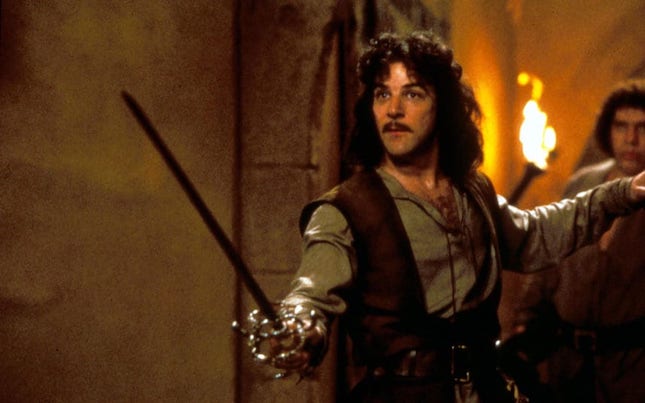Scene Dynamics

What Happens in A Scene?
A scene is a revelation, peeling back the curtains and revealing a character’s mind, says Adam Skelter of The Art of Story.
Every story is built with scenes. They are the building blocks for each chapter, and each plot point and act in your story. A scene is a story unit where an event takes place that changes a character’s emotional state.
The change is usually from positive to negative or negative to positive. If the character enters happy, they should leave sad. If they enter angry, they should leave surprised. If they enter full of anxiety, they should end relieved.
Build each scene with a three-step process. If you start your scene knowing the three components, you’ll move from one to the other to construct a succinct mini-story with a beginning, middle, and end.
And, each scene has three basic components. This is what happens in a scene:
- The point-of-view character wants something
- Something blocks him or her
- A confrontation where the POV character succeeds or fails
Each of these components works through the scene question.
- Asks a question
- Conflict
- Answer to the question
Whatever emotion your character brings to the beginning of the scene, the conflict will cause an emotional turn. The turn is the axis around which the scene evolves. It’s the point of the scene. Each scene is like a piece of evidence to build your story to the story climax.
Frame the Scene with Questions
Writer and director, David Mamet, suggests framing each scene with three questions.
- Who wants what?
- What happens if they don’t get it?
- Why now?
He says,
The answers to these questions is the litmus paper. Apply them, and the answer will tell you if the scene is dramatic or not.
Drama is what keeps the reader turning pages.
Start each scene with these questions in mind. You’ll
Emotional Change
The extent of emotional change in a scene depends on its context and location in the story. For instance, if the scene is located in Act 2, it might have more of a subtle shift of emotion, perhaps a minor complication or a small success. At the midpoint, the scene will have a more dramatic change. The character will feel like the floor has dropped from beneath him.
The amount of emotional impact depends on pacing and the theme you want to convey. Readers are drawn to contrast. Whatever scene has the most contrast from one emotion to the next will have the most meaning for the reader.
Save the most dramatic emotional contrasts for the major story points. Even when the scene is not a high contrast, it still needs an emotional turn. Your work is to find scenarios of conflict that evoke an emotional response in your reader. Find the areas of conflict that cause your character to respond in a believable emotional way.
You Control the Pacing
When you vary the depth of emotional conflict in each scene, you control the pacing of the story.
If every scene contains high emotional conflict, your story becomes melodrama, and the reader finds the story unbelievable. The story fails to resonate as truthful. This is true when a character overreacts emotionally to a small incident.
Your supporting characters may overreact, but make sure your protagonist, your sleuth, responds with appropriate emotions to the conflict. For example, a suspect may overreact and act out to your sleuth’s questioning, but your sleuth must react not to the acting out but how the suspect is leading him to solve the crime or not.
That’s why you want to build the stakes, both physical and emotional, as the story progresses.
Scene Stoppers
When a scene does not contain all three elements, your reader is likely to lose interest in the story. Avoid empty scenes that don’t move the story forward.
- Explanation. Without an emotional experience, your reader will lose interest. That’s why backstory and long setting descriptions can lose a reader.
- Conversation but not dialogue. Characters chat about the weather or how the cat got out last night or…anything that doesn’t move the story forward.
- Empty spectacle. Mysteries with historical or futuristic settings may include spectacles for the sake of verisimilitude. As with any story, the scene must be integral to moving the story along.
Quick Checklist
Before you leave your scene, do a quick check to ensure your scene deserves a place in your story.
- Entering emotional state of the point-of-view character
- Character objective. What do they want?
- Conflict. What impedes them from what they want?
- Motive for antagonism. Some understanding of the other character’s motivation.
- Character’s worldview. What belief system is he operating in?
- Tactic. What actions the character takes in the scene to achieve their objective. (Remember dialogue is action.)
- Turn. Does the character get what they want in the scene? What comes out of the conflict? What causes their emotions to change?
- Objective achieved. Yes or no?
- Exiting emotional state. If not, the opposite of the entering emotional state, it must be different.
If you are writing a scene and feel like something isn’t working, deconstruct the scene and see if all the elements are present. A scene is about creating a moment. A story is a string of small moments that build up to the transformation of a character. No matter how big or small, every scene is a revelation.



